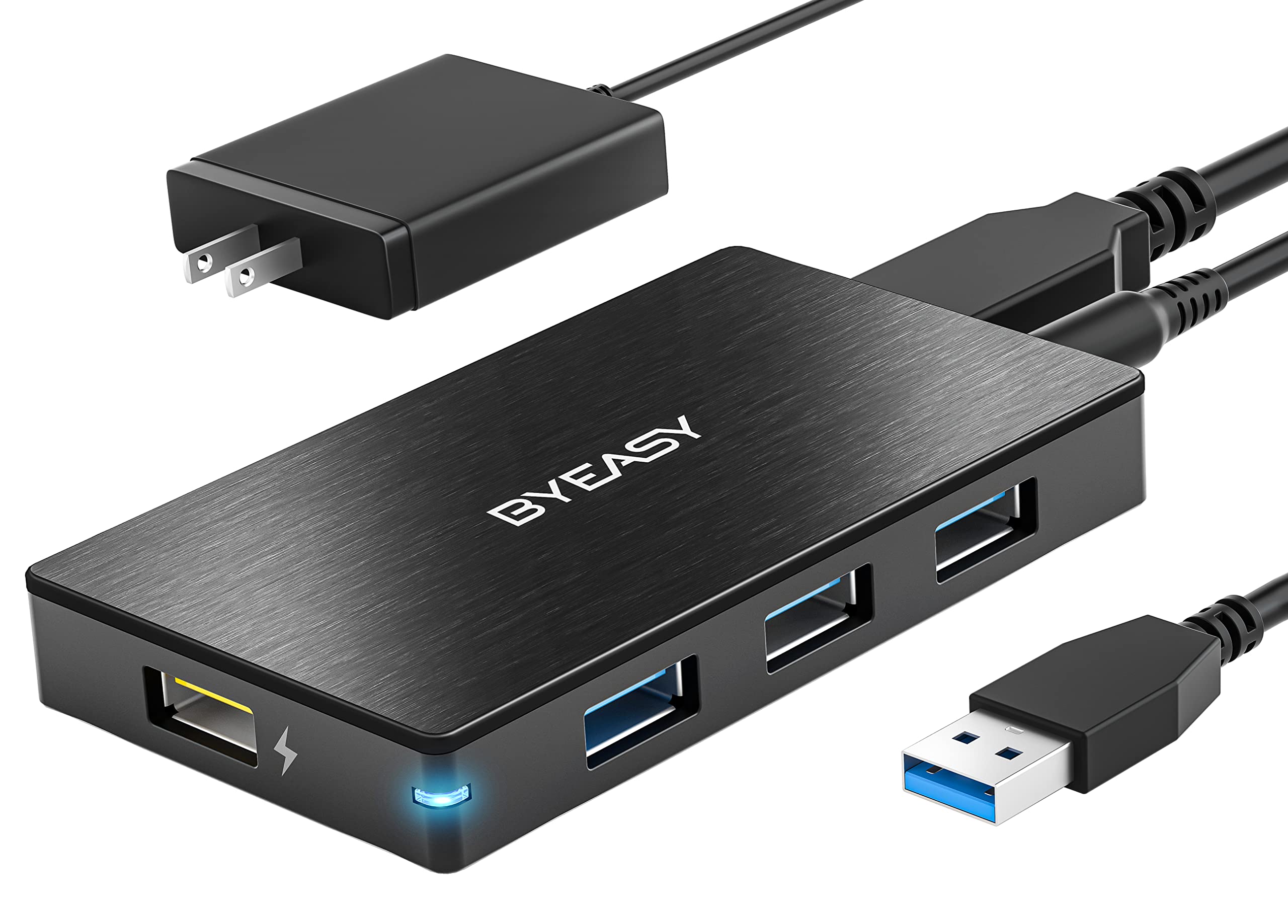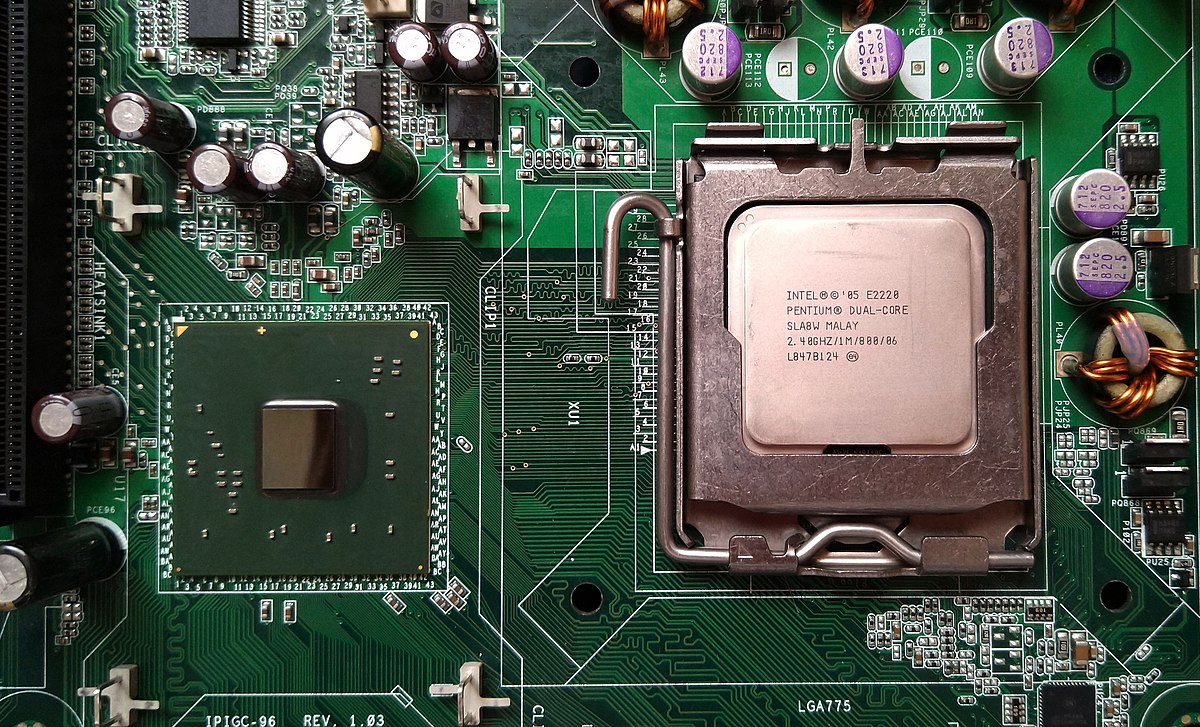Are you constantly seeing the “USB Device Not Recognized” error message on your computer?
Restart Computer or Reconnect USB Device
To troubleshoot the “USB Device Not Recognized” error, first restart your computer to see if the issue resolves itself. If the error persists, try reconnecting the USB device to a different port on your computer.
If you are using a USB hub, try plugging the device directly into your computer instead. If the error message still pops up, it could be due to a faulty device driver. Navigate to the Device Manager and update the driver for the USB device.
It’s also possible that the issue is with the USB port itself, so you can try cleaning the port to remove any dust or debris.
Connect USB Device Directly to Computer
To connect a USB device directly to your computer, first, make sure that the USB port is not damaged or blocked by dust. If the port looks good, try connecting the USB device to a different port on your computer. Sometimes, the issue can be with the specific port you are using.
If the USB device is still not recognized, try using a different USB cable or a different USB device to see if the problem is with the device itself. If the new device is recognized, then the original device may be faulty.
If the problem persists, try updating the device driver for the USB device. Open Device Manager and locate the USB device. Right-click on it and select “Update driver.” Follow the on-screen instructions to update the driver.
If updating the driver doesn’t work, try restarting your computer. Sometimes, a simple reboot can resolve issues with USB devices not being recognized.
Remove Other USB Devices

To troubleshoot the “USB Device Not Recognized” error, start by removing other USB devices connected to your computer. Sometimes, having multiple devices plugged in can cause conflicts and result in the error message.
First, unplug any USB flash drives, external hard drives, or other peripherals from your computer. Once you’ve removed all other USB devices, restart your computer to see if the error persists.
If the error message no longer pops up after removing the other USB devices, it’s likely that one of the disconnected devices was causing the issue. You can then reconnect each device one at a time to determine which one is causing the problem.
By eliminating other USB devices from the equation, you can isolate the cause of the error and take the necessary steps to resolve it.
Run Hardware and Devices Troubleshooter
To troubleshoot the “USB Device Not Recognized” error, you can run the Hardware and Devices Troubleshooter in Windows. First, make sure your USB device is connected to the computer. Then, go to the Control Panel and search for “Troubleshoot” in the search bar. Click on “Troubleshooting” and then “Hardware and Sound.” Here, you will find the option to “Hardware and Devices.” Click on it to run the troubleshooter.
The troubleshooter will scan your computer for any hardware issues, including problems with your USB device. If it finds any issues, it will attempt to fix them automatically. Once the troubleshooter has completed its scan, restart your computer and check if the “USB Device Not Recognized” error still persists. If it does, you may need to try other troubleshooting methods or seek further assistance.
Update USB Device Drivers
If you are experiencing the “USB Device Not Recognized” error, it may be due to outdated USB device drivers. To update the drivers, first, connect your USB device to your computer. Then, open the Device Manager by right-clicking on the Start button and selecting it from the context menu. Locate the USB device in the list and double-click on it to open its properties. Next, click on the “Driver” tab and select “Update Driver” to search for the latest driver software online.
If this doesn’t work, you can also download the drivers from the manufacturer’s website and install them manually. After updating the drivers, restart your computer and see if the error persists. If it does, there may be another issue causing the problem.
Uninstall and Reinstall USB Controller Drivers
If you are experiencing the “USB Device Not Recognized” error, uninstalling and reinstalling your USB controller drivers may help resolve the issue.
First, go to the Device Manager by pressing the Windows key + X and selecting “Device Manager” from the menu.
Next, expand the “Universal Serial Bus controllers” section and right-click on the USB controller that is causing the error.
Select “Uninstall device” and then restart your computer.
After the restart, Windows will automatically reinstall the USB controller drivers.
If the error persists, you can manually reinstall the drivers by downloading the latest drivers from the manufacturer’s website and following their installation instructions.
Remember to restart your computer after reinstalling the drivers to ensure they are properly loaded.
Update Generic USB Hub

To update your Generic USB Hub, follow these steps:
1. First, ensure that your USB hub is connected to your computer properly. If it’s already connected, disconnect it and then reconnect it to a different USB port to see if the issue persists.
2. Next, open the Device Manager on your computer. You can do this by pressing the Windows key + X and then selecting “Device Manager” from the menu that appears.
3. Look for the “Universal Serial Bus controllers” section and expand it. Then, right-click on the Generic USB Hub and select “Update driver” from the context menu.
4. Choose the option to search automatically for updated driver software. This will allow your computer to search for and install any available updates for the USB hub.
5. Once the update process is complete, restart your computer and check if the “USB Device Not Recognized” error still occurs.
Update Motherboard Chipset Drivers

To update the motherboard chipset drivers, first determine the make and model of your motherboard. Then, visit the manufacturer’s website and locate the support or downloads section. Look for the chipset drivers specific to your motherboard model and download the latest version. Once downloaded, install the chipset drivers by following the manufacturer’s instructions. After the installation is complete, restart your computer to ensure the changes take effect.
Updating the motherboard chipset drivers can resolve issues with USB devices not being recognized by the computer. This is because the chipset controls the communication between the USB hardware and the computer’s operating system.
By keeping the chipset drivers up to date, you can ensure that your computer is able to properly recognize and communicate with USB devices, such as flash drives, keyboards, mice, and other peripherals. This can help prevent the “USB Device Not Recognized” error from popping up repeatedly.
Regularly updating your motherboard chipset drivers can also improve the overall performance and stability of your computer, as chipset drivers play a crucial role in the functioning of various hardware components.
Update BIOS
To update the BIOS, you will need to first identify the specific model of your computer’s motherboard. Once you have this information, visit the manufacturer’s website and locate the BIOS update for your specific model. Download the update and save it to a USB flash drive.
Insert the USB flash drive into a USB port on your computer.
Restart your computer and enter the BIOS setup by pressing the designated key during the boot process (this key varies depending on your computer’s manufacturer, commonly it’s F2, F10, or DEL).
Navigate to the BIOS update section and select the option to update the BIOS from the USB flash drive.
Follow the on-screen instructions to complete the update process.
After the update is complete, restart your computer and check if the “USB Device Not Recognized” error still persists. If the issue continues, consider seeking further technical assistance.
Disable USB Selective Suspend Feature
![]()
To disable the USB Selective Suspend feature, first go to the Control Panel on your computer. Then, click on Power Options. From there, select “Change plan settings” for the power plan you are currently using. Next, choose “Change advanced power settings. ” Look for the USB settings option and expand it. Finally, disable the USB Selective Suspend feature by selecting “Disabled” for both On battery and Plugged in options.
This should prevent the USB Device Not Recognized error from popping up. If the issue persists, you may need to update your USB drivers or check for any hardware problems.
Adjust System Settings
If updating the driver doesn’t work, you can try uninstalling the device and then restarting your computer. This will allow the computer to reinstall the USB device and hopefully resolve the recognition error.
If the problem persists, you may need to check the power management settings for the USB device. Go to the Device Manager, right-click on the USB device, and select “Properties.” Then, go to the “Power Management” tab and uncheck the option to “Allow the computer to turn off this device to save power.”
By adjusting these system settings, you may be able to troubleshoot and resolve the USB device not recognized error that keeps popping up.
Change Power Management Settings for USB Hubs
1. First, go to Device Manager by pressing the Windows key + X and selecting Device Manager from the menu.
2. Then, expand the “Universal Serial Bus controllers” section.
3. Right-click on each USB Root Hub and select “Properties.”
4. Next, go to the “Power Management” tab and uncheck the option that says “Allow the computer to turn off this device to save power.”
5. Click “OK” to save the changes.
By adjusting the power management settings for the USB hubs, you may be able to resolve the “USB Device Not Recognized” error that keeps popping up.
Recover Lost Data after Troubleshooting
- Check Recycle Bin: Look in the Recycle Bin for any files that may have been accidentally deleted during troubleshooting.
- Use Data Recovery Software: Utilize data recovery software to scan for and recover any lost files on the USB device.
- Contact Professional Data Recovery Services: If the above methods are unsuccessful, consider seeking professional data recovery services for assistance.





